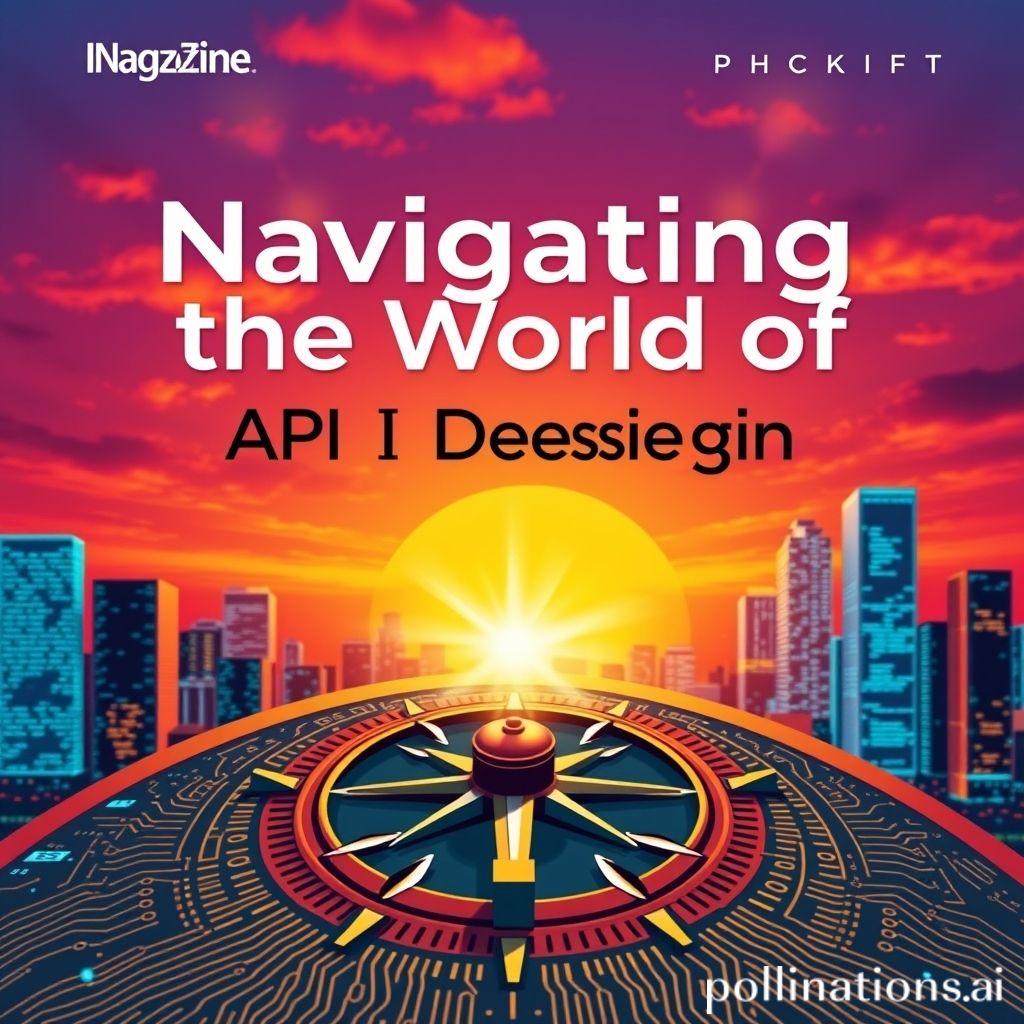
Navigating the World of API Design and Implementation
In today's connected landscape, Application Programming Interfaces (APIs) play a pivotal role in enabling seamless communication between software applications. As businesses and developers strive to create efficient systems, understanding the nuances of API design and implementation is essential.
Understanding API Basics
APIs are defined as sets of rules and protocols that allow different software systems to communicate. They serve as intermediaries, ensuring that requests and responses are standardized and efficient. Two primary types of APIs exist:
- REST APIs: Representational State Transfer (REST) APIs are widely used due to their simplicity and adherence to the principles of statelessness and resource-oriented architecture.
- SOAP APIs: Simple Object Access Protocol (SOAP) APIs offer more rigid standards and protocols, making them suitable for enterprise-level applications where security is paramount.
The Importance of Good API Design
Effective API design is crucial for usability, maintainability, and overall robustness. Key considerations include:
- Consistency: APIs should have uniform naming conventions and structures to promote ease of understanding for developers.
- Versioning: As APIs evolve, versioning ensures backward compatibility and allows developers to transition smoothly between different iterations.
- Documentation: Comprehensive documentation is essential for guiding users on how to interact with the API, including endpoints, request methods, and response formats.
Implementing an API
Once the design phase is complete, the focus shifts to implementation. This phase involves several critical steps:
- Choosing the Right Technology Stack: The selection of frameworks and tools can directly impact the API's performance and scalability.
- Security Measures: Implementing authentication and authorization standards, such as OAuth, ensures that your API is protected from unauthorized access.
- Error Handling: Robust error handling helps developers understand failures and troubleshoot issues effectively.
Testing Your API
Thorough testing is crucial in ensuring that an API functions as intended. Different testing methods include:
- Unit Testing: Testing individual components for expected behavior helps identify issues early in the development process.
- Integration Testing: This ensures that the API interacts correctly with other services and systems.
- Load Testing: Simulating high traffic conditions can identify potential bottlenecks and performance issues.
Common Challenges and Solutions
Developers often face challenges when designing and implementing APIs. Common issues include:
- Inconsistent client expectations can lead to confusion; establishing clear communication during the development process mitigates this.
- Performance pitfalls can arise from inefficient coding; employing best practices and optimizing queries is essential for enhancing speed.
- Scaling issues as user demand increases; leveraging cloud solutions can provide the necessary resources without significant infrastructure changes.
Conclusion
Successfully navigating the world of API design and implementation involves a balanced approach to design principles, implementation strategies, and thorough testing. By focusing on these key areas, developers can create APIs that are not only functional but also user-friendly, scalable, and secure.
